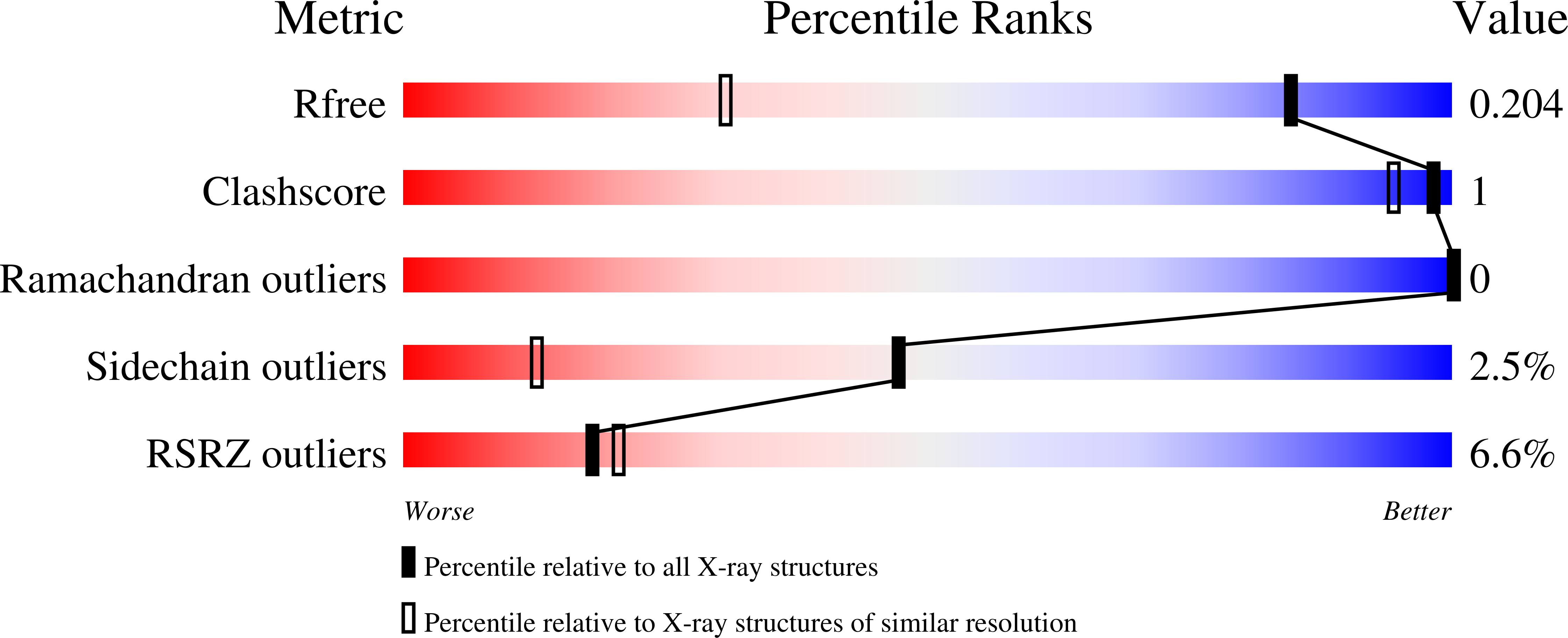
Deposition Date
2008-11-28
Release Date
2009-01-27
Last Version Date
2023-11-22
Entry Detail
PDB ID:
3FEA
Keywords:
Title:
Crystal Structure of HdmX bound to the p53-peptidomimetic Ac-Phe-Met-Aib-Pmp-6-Cl-Trp-Glu-Ac3c-Leu-NH2 at 1.33A
Biological Source:
Source Organism:
Homo sapiens (Taxon ID: 9606)
Host Organism:
Method Details:
Experimental Method:
Resolution:
1.33 Å
R-Value Free:
0.20
R-Value Work:
0.19
R-Value Observed:
0.19
Space Group:
P 41


